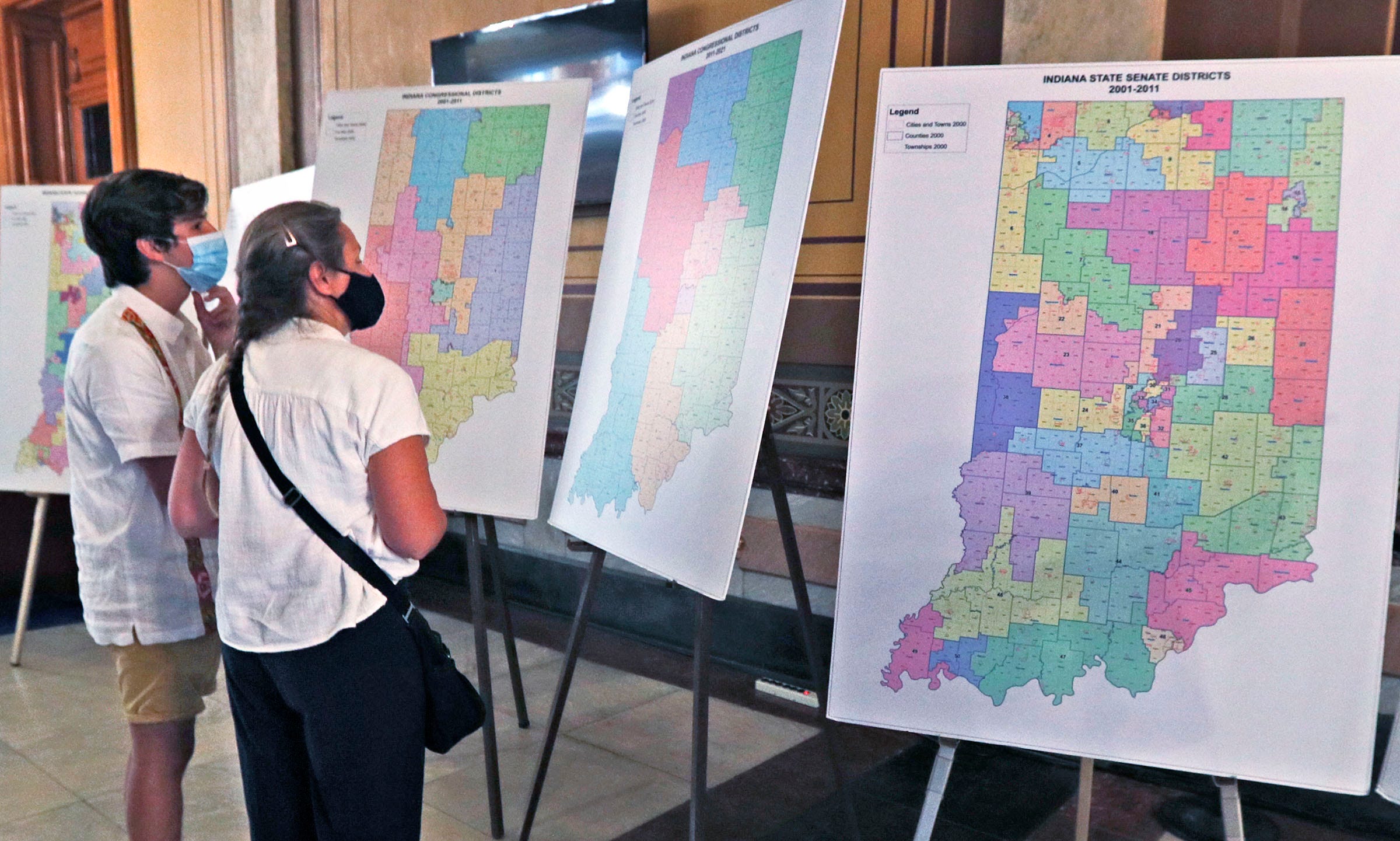How Politicians Redistricting Will Change
Redistricting is a complicated and controversial process. And it doesn’t stop with the creation of new districts: it’s also about how the new lines are drawn, who draws them, and whether they’re fair or not. It’s something that affects every single voter in this country even if you don’t realize it. In fact, over half of Americans think that politicians have too much power over redistricting; they want reforms like independent commissions to take control away from political parties and lobbyists so they can create maps with fewer partisan biases built into them. At the same time, communities of color are still underrepresented in Congress after decades of racial gerrymandering during redistricting process throughout our nation’s history but there are ways voters can fight back against these policies right now.
In the past, politicians have drawn the lines.
You may not know it, but politicians have been drawing the lines for elections in your state. They’ve done it for a long time and they’ve gotten away with it because of their power. But that’s starting to change.
If you live in Michigan, Minnesota, North Carolina or Utah and have noticed that your politicians are doing a poor job at representing you they’re not listening to you, they’re ignoring your needs and concerns it might have something to do with how districts are drawn up. That’s because district lines are often drawn by politicians who want to keep themselves in power instead of representing everyone equally under the law. This practice has been called gerrymandering; redistricting, redistricting reform; fair voting and many other names over the years.
Now, voters are taking the power over redistricting away from the politicians.
Voters in three states California, Colorado and Michigan will decide on ballot initiatives that would implement a variety of reforms to their state’s redistricting process. In Michigan, for instance, two different ballot proposals would change how political boundaries are drawn. One initiative would establish an independent commission to draw congressional districts and another is meant to reform state legislative districts as well.
In California and Colorado, voters will cast their votes on non-partisan redistricting plans that aim to take partisanship out of this vital aspect of U.S politics by establishing processes that prioritize drawing fair districts rather than those that favor certain parties or incumbents.
Fair voting methods help all voters’ voices to be heard equally.
You may be familiar with the concept of one person, one vote. This simply means that every eligible voter should have an equal say in who represents them in government. But there’s more to fair voting than just ensuring that each individual voice is heard.
Fair voting methods also give communities of color a chance to be represented in Congress. If you don’t know what those are, we’ll cover them below.
Redistricting is one way voters can change how politics work
Redistricting is one way that voters can change how politics work. Voters can change the redistricting process, they can change how politicians are elected, they can also change the way districts are drawn and they can also change the way their representatives represent them.
